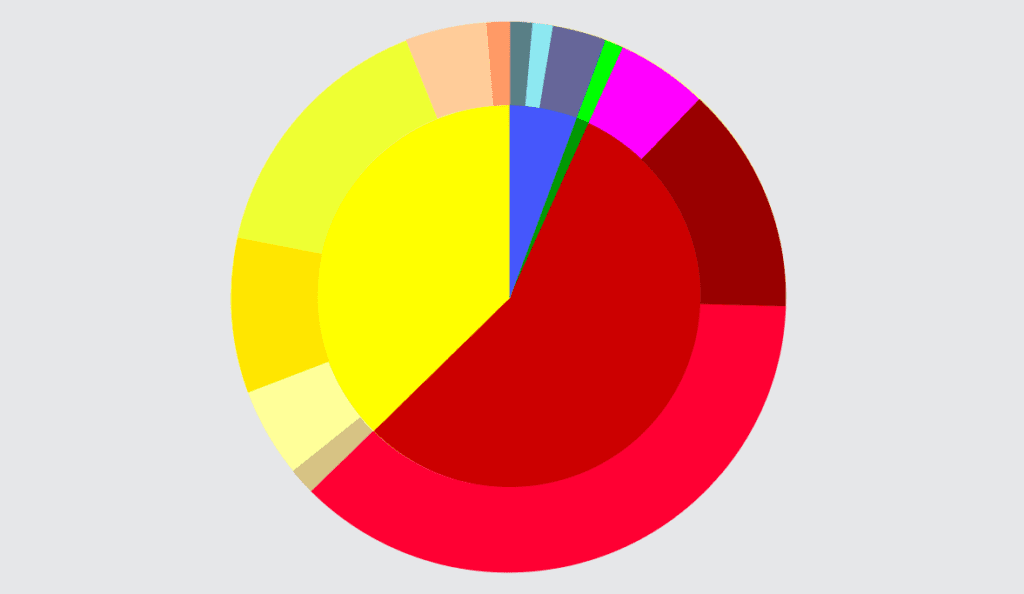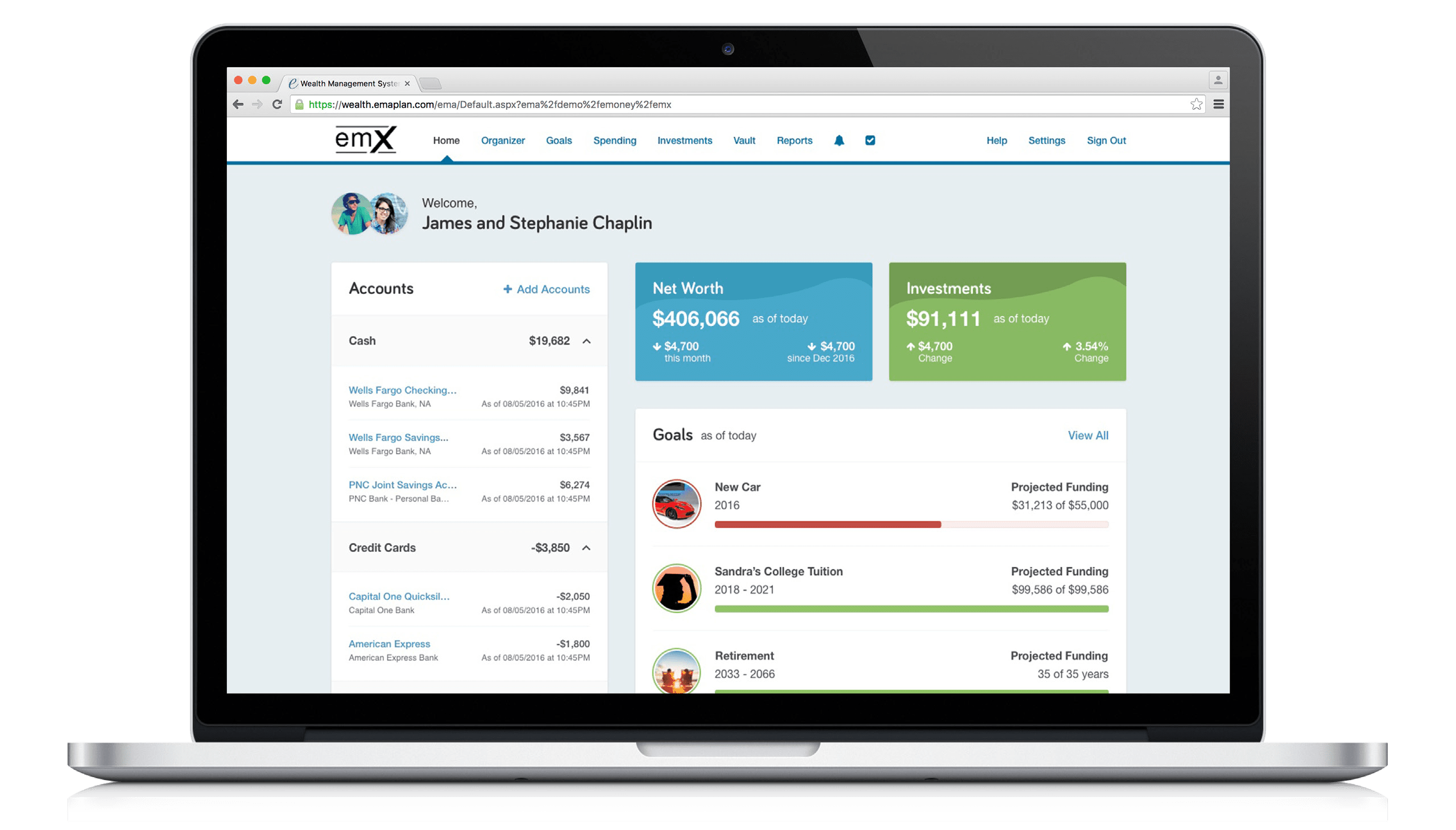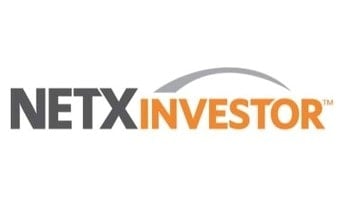Compound interest is the eighth wonder of the world. He who understands it, earns it. He who doesn’t, pays it.
-Albert Einstein
As financial advisors, we often talk about different tools investors can use to earn money, save money, and even protect their money. Some of these tools include access to alternative investment options, some are tax saving strategies, others are legacy protection techniques. But of all the tools we talk about, and of all the benefits different tools can offer, there
is one that trumps them all. And the good news is that everyone has access to
it! This is the power of compound interest.
What is the power of compound interest?
Compound interest is a powerful concept — one that can mightily
strengthen, or weaken, your finances. Essentially, the power of compound
interest is in putting your money to work and watching it grow.
Here’s how it works:
- You invest your money (the principle).
- You earn interest on the investment.
- The interest earns interest on itself.
- This amount is compounded monthly.
You leverage the power of compound interest by re-investing your earnings to earn interest on your interest—without any extra “work” (i.e., contributions) on your part.
Naturally, the higher the interest, the more your money grows. And since the more interest you earn, the greater investment “nest egg” your money has to compound on top of, the growth you realize over time is exponential.
The Longer You’re Invested, the More Money You Make
The real magic of compounding reveals itself over long periods of time. The longer you let your money sit in an account and compound itself, the more money you make. Remember, when you start investing outweighs how much you actually invest.
As you’ll see in this chart by Business Insider’s Andy Kiersz, Emily who is represented by the blue line, starts investing the exact same amount as Dave (the red line), but begins 10 years earlier. By the time they are ready to retire, Emily has 2x as much wealth as Dave—simply for starting ten years sooner!

Source: Business Insider
The extra 10 years of compounding really paid off for Emily.
If Dave had wanted to catch up to Emily, he would have had to contribute a significant amount more to reach the desired goal.
The Sooner You Start, the Easier It Is
Let’s look at it another way. How much do you have to invest each month to be a millionaire by the time you retire (based on a 6% return rate and retiring at age 65)?

Source: Business Insider
As you can see, the amount needed to invest each month increases dramatically with your age. That’s because time is on your side when it comes to compounding. Why work harder than you have to when compound interest can do the heavy lifting for you?
You May Not Have a Lot of Money, But You Do Have Time
If you’re in your twenties or thirties and you’re reading this article, you may not feel like you have much money. What you DO have, though, is one of the most important assets you need to build wealth—time. As these charts illustrate, the longer you wait, the harder it gets.
We know that you have a lot of competing priorities right now. And putting away more toward your retirement goals might put a pinch on your current lifestyle. But consider how different putting $361 extra away each month would feel from $698.41 or even $1,000+ a month to catch up later in life!
Investing Takes Self-Discipline…But It’s Worth the Reward
If you do what is easy, your life will be hard. If you do what is hard, your life will be easy.
– Ben Le Fort, author of Making of a Millionaire
Investing for the health of your financial future is a lot like working out and eating right for the future of your physical health. The sooner you start putting the time and effort into doing the hard stuff, the easier and smoother your near and long-term futures will be.



